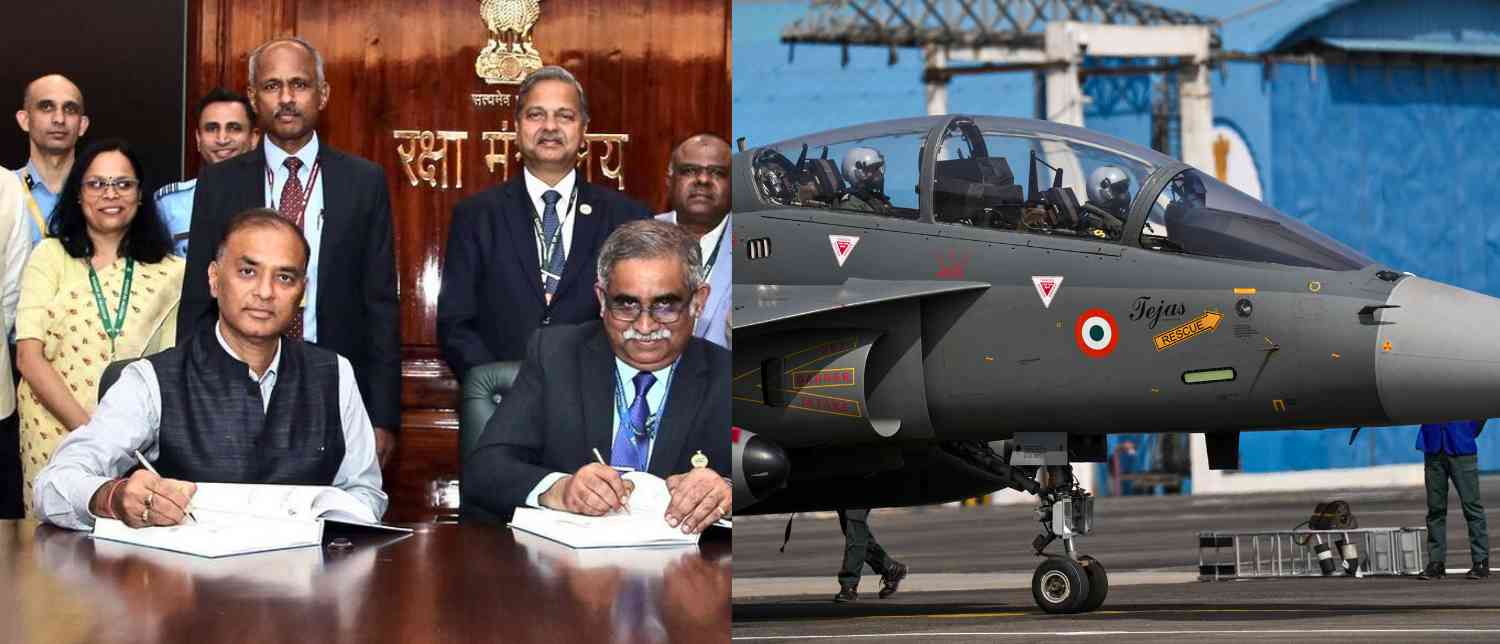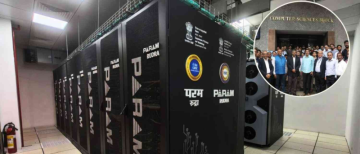Hindustan Aeronautics Limited shares rose sharply after the Ministry of Defence signed a ₹62,370-crore contract with the company for procuring 97 Light Combat Aircraft (LCA) Mk1A jets for the Indian Air Force. This is a major milestone for India's defense sector, with deliveries starting in 2027-28 and expected to be completed over six years. The deal strengthens India's push for self-reliance in defense manufacturing while addressing the Air Force's urgent need to modernize its fleet.

The contract includes 68 single-seat fighter jets and 29 twin-seat trainer aircraft, along with related equipment. These jets will have over 64% indigenous content, featuring 67 additional locally-made components compared to the previous contract signed in 2021. This calls attention to the government's focus on boosting domestic production and reducing dependency on foreign suppliers.
The LCA Mk1A, developed and manufactured by HAL, is the most advanced variant of the Tejas fighter jet. It is designed to perform multiple roles including air defense, maritime reconnaissance, and strike missions. Advanced homegrown systems like the Uttam AESA radar and Swayam Raksha Kavach electronic warfare suite will be integrated into the aircraft, enhancing operational capabilities.
This contract follows an earlier ₹48,000 crore deal with HAL signed in 2021 for 83 Tejas Mk1A jets, although those deliveries have faced delays. The current agreement shows continued confidence in HAL's ability to fulfil large-scale defense contracts despite past delays. The project's next phase also promises to generate approximately 11,750 direct and indirect jobs annually, benefiting around 105 Indian companies engaged in component manufacturing.

The Indian Air Force's fleet currently faces a shortage of fighter jets, operating around 30 squadrons against an authorized strength of 42.5. Modernizing with the LCA Mk1A jets is a vital step to enhance its combat readiness and operational strength. Experts emphasize the significance of quick production and delivery to fill this critical gap and maintain air superiority.
From a perspective of defense preparedness, the contract is a strategic move to phase out older Soviet-origin jets like the MiG-21, known for their high accident rates, and replace them with a modern, indigenously built platform. The government’s ‘Buy (India-IDDM)’ policy under the Defence Acquisition Procedure 2020 underscores the push for indigenous manufacturing and technology development in defence.

In summary, the ₹62,370 crore contract not only marks a financial boost for HAL, reflected in its rising stock price, but also signifies India’s ambition to achieve self-reliance in defence. While the contract addresses long-standing needs of the Air Force, the real test remains in HAL’s timely execution and delivery of these aircraft over the next six years to strengthen India's aerial defense capabilities effectively.
With inputs from agencies
Image Source: Multiple agencies
© Copyright 2025. All Rights Reserved. Powered by Vygr Media.






















